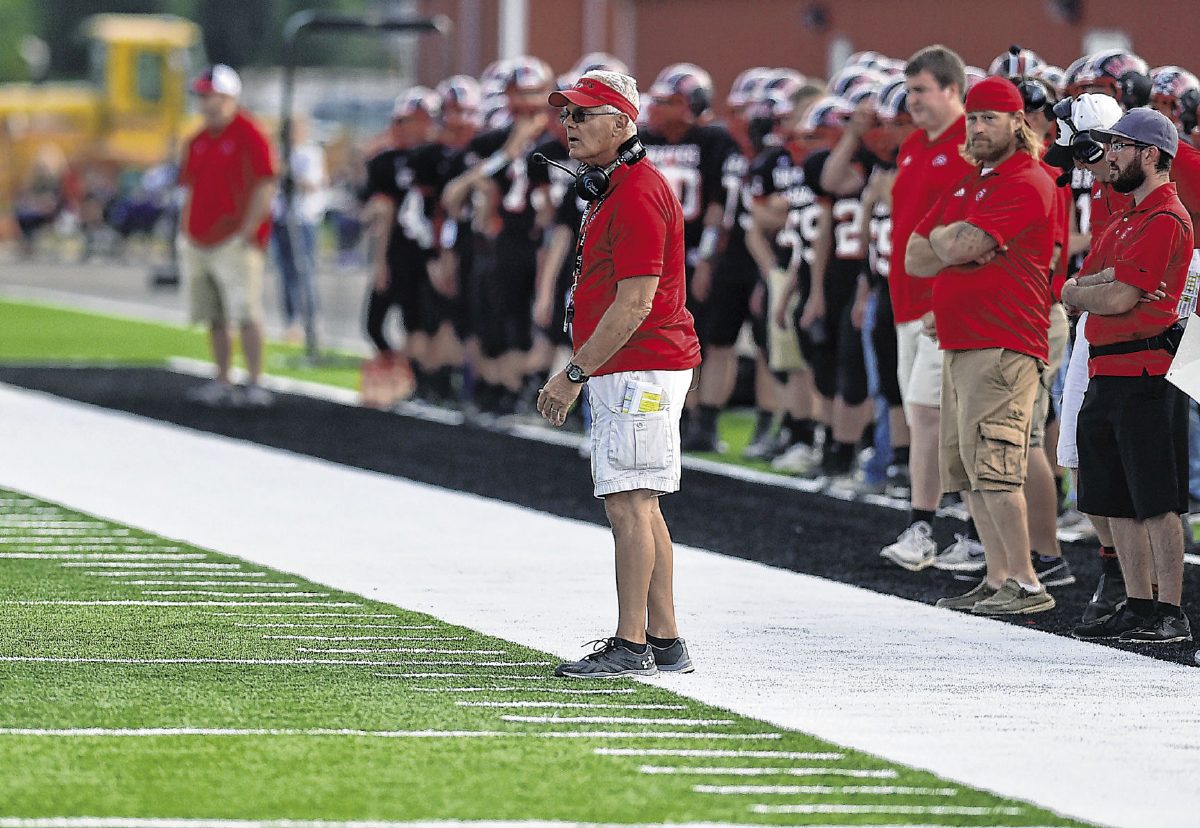
Like leaves changing color, talk of seeding sectionals always happens this time of the year.
Besides class basketball, sectional seeding might be the most hot-button topic when it comes to high school sports in Indiana.
Blind draws, which is what is currently used in all sports, provides a sort of excitement in not knowing who a team is going to open up their postseason against.
That’s great and all, but it’s a detriment when top teams have to face each other in the opening round of a sectional.
There are several cases of that this year in various classes: Pioneer vs. Lewis Cass in Class 2A, Avon vs. Brownsburg in 6A, Indianapolis Chatard vs. Brebeuf Jesuit in 3A or Silver Creek vs. East Central in 4A.
These are matchups that should be seen in a sectional final or semifinal at the very least in the case of some sectionals like 3A No. 28 that features four top-10 teams.
You could also make the case not seeding sectionals hurts teams that haven’t had the best of seasons. For example, in Class 5A, winless Munster at 5A second-ranked Valparaiso or one-win Cloverdale vs. Parke Heritage in Class A.
On paper, neither Munster nor Cloverdale has much of a shot of continuing its postseason past this Friday.
Sectional seeding is a polarizing subject and one I don’t claim to have a foolproof idea to fix.
One plan that has gained a lot of traction over the years, especially in football, is seeding the top-two teams in each sectional and putting them on opposite ends of the bracket. After that, a blind draw would set the rest of the sectional.
That idea was brought up by Brownstown Central football coach Reed May when he served as the president of the Indiana Football Coaches Association.
It was one of several proposals put in front of IHSAA Commissioner Bobby Cox but the only one of three that didn’t get approved.
The other two were the introduction of a sixth class, which happened, and a success factor, which also happened.
Speaking to May last week, his plan was to seed the top-two teams in each sectional based on Sagarin Ratings, a computer rating system used to predict games and has been used for major college football and other sports leagues.
He explained there’s no way you’d want to seed all eight teams in a sectional because the worst team would always play the top team, and that’s not something that is conducive to rebuilding a down program.
In Brownstown Central’s sectional, three of the top-four teams reside on one side of the sectional. Lawrenceburg, Brownstown and Charlestown are all in one half, while Franklin County is on the other side.
Under the proposal, Lawrenceburg and Brownstown Central would be on opposite sides of the bracket.
In Seymour’s case, it’s about as close as it could get to being seeded properly if Sagarin Ratings were used. Defending champion New Palestine faces Whiteland, while Franklin hosts the Owls.
According to the sectional ratings, New Palestine and Franklin are Nos. 1 and 2, and Whiteland and Seymour are third and fourth.
However, struggling teams playing against dominating teams isn’t the biggest concern for May.
"Having two top teams play each other early, all that revenue they could have generated over that time will be lost," he said. "If you have the best two teams seeded opposite, those schools would get more revenue for attendance.”
Assuming the top-two teams get to play all three games, rewarding good teams with more revenue is a good reward for the school staff, administration and workers, who make sure postseason football games run smoothly.
The IHSAA is notorious for taking a long time to make changes to the postseason, and sectional seeding ever happening has the odds of slim to none.
If you’ve got an idea or a comment, send them to Tribune sports editor Dylan Trimpe at [email protected].
